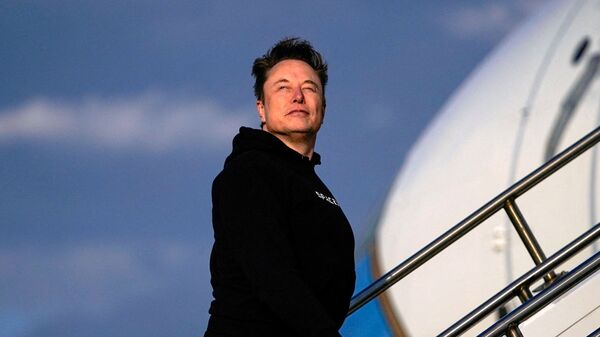Elon Musk has announced plans to unveil a prototype of the next-generation Tesla Roadster, featuring “crazy technology,” before the end of the year. The Tesla CEO made the revelation on The Joe Rogan Experience podcast, hinting the vehicle could redefine the concept of a car.
Key Takeaways
- Elon Musk promises a prototype reveal for the new Tesla Roadster by year-end.
- The vehicle is described as having “crazy technology” that blurs the line between car and aircraft.
- The project, first announced in 2017, has faced multiple delays since its original 2020 launch target.
Roadster Prototype Nearing Demonstration
During his podcast appearance, Musk stated Tesla is “getting close” to demonstrating the long-delayed Roadster prototype. He promised the unveiling would be “unforgettable — whether it’s good or bad.” The second-generation Roadster was first announced in 2017 with an expected 2020 launch, but has been postponed several times since.
Flying Car Technology Hints
Musk suggested the new Roadster features technology so advanced it questions whether it’s even a car anymore. “It has crazy technology,” he told Rogan. “Like, is it even a car? I’m not sure. It looks like a car, but it’s crazier than anything James Bond.”
When Rogan asked about potential “retractable wings,” Musk avoided specifics, joking that he “can’t do the unveil before the unveil.” His comments have sparked speculation about Tesla working on a vertical take-off and landing (VTOL) concept — essentially a battery-powered aircraft capable of short-distance flights.
Musk’s Track Record with Ambitious Projects
Historical context suggests Musk’s “end of year” timeline should be viewed cautiously. The billionaire has a pattern of unveiling prototypes years before production readiness. Previous ambitious projects like the Hyperloop, “Cybercab” autonomous taxi, and the Boring Company’s Las Vegas tunnel have either stalled or delivered significantly scaled-back versions compared to initial promises.
Musk repeatedly described the Roadster’s technology as “crazy, crazy,” indicating some form of experimental propulsion system. However, he provided no technical details about how such a system would operate or meet safety and aviation regulations.
The Flying Car Challenge
Despite decades of development efforts by inventors and startups, flying cars have never achieved commercial success. Regulatory hurdles, safety concerns, and the requirement for specialized pilot training continue to prevent most concepts from becoming reality.




